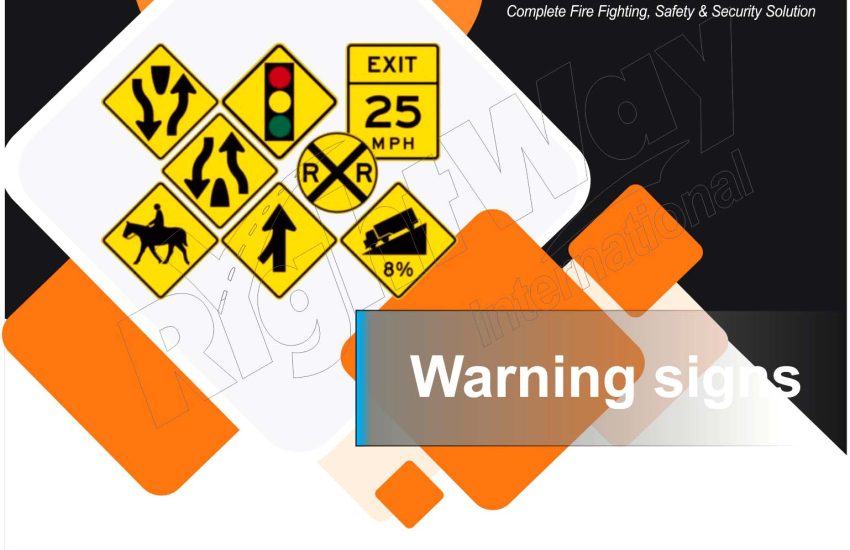Road Safety Warning Signs is a critical aspect of maintaining a safe and orderly traffic system. Warning signs play a crucial role in alerting drivers to potential hazards, changes in road conditions, and other important information that can prevent accidents and save lives. This article explores various road safety warning signs, their significance, and how to interpret them effectively.
Types of Road Safety Warning Signs
- Curve and Turn Signs
- Sharp Curve Left/Right: Indicates a sharp curve ahead. Drivers should reduce speed and be prepared to navigate the curve carefully.
- Winding Road: Signals a series of curves. Drivers need to be cautious and adjust their speed accordingly.
- Intersection Signs
- T-Intersection: Warns that the road you are traveling on will end at a T-intersection. Prepare to either turn or continue straight.
- Crossroad: Indicates that another road crosses the one you are on. Be alert for vehicles coming from different directions.
- Regulatory Signs
- Speed Limit: Specifies the maximum speed you should not exceed. Adhering to speed limits is crucial for safety.
- Stop Sign: Requires drivers to come to a complete stop and ensure the way is clear before proceeding.
- Warning for Road Conditions
- Slippery When Wet: Alerts drivers to be cautious as the road may be slippery in wet conditions. Reducing speed can help maintain control.
- Loose Gravel: Indicates that the road surface may be uneven with loose gravel, which can affect traction.
- Pedestrian and School Zones
- Pedestrian Crossing: Signals areas where pedestrians may cross the road. Drivers should be prepared to stop.
- School Zone: Warns of a nearby school and reduced speed limits during school hours. Always be vigilant for children.
- Animal Crossings
- Deer Crossing: Alerts drivers to areas where deer are known to cross. Be extra cautious, especially at dawn and dusk.
- Railroad Crossing
- Railroad Crossing: Indicates that a railroad track crosses the road. Look and listen for trains and stop if necessary.
Importance of Road Safety Warning Signs
- Preventing Accidents Warning signs help prevent accidents by providing advanced notice of potential hazards. By adhering to these signs, drivers can make informed decisions and avoid dangerous situations.
- Enhancing Driver Awareness Signs alert drivers to specific conditions or changes in the road, enhancing their awareness and allowing them to react appropriately.
- Promoting Safe Driving Practices Following warning signs encourages safer driving behaviors, such as reducing speed and being vigilant in areas with high pedestrian activity.
How to Interpret and Respond to Warning Signs
- Read Signs Early Notice warning signs from a distance to have ample time to react. For instance, if you see a curve sign, start slowing down before you reach the curve.
- Adjust Speed and Driving Behavior Adapt your driving speed and behavior based on the warning sign. For example, if you encounter a slippery when wet sign, reduce your speed even if the road appears dry.
- Stay Alert Keep your attention on the road and surroundings. Warning signs are there to help you anticipate and avoid potential dangers.
- Follow Regulations Comply with the regulations indicated by the signs. Failure to do so can lead to fines and increased risk of accidents.
Conclusion
Road safety warning signs are essential tools for protecting drivers, passengers, and pedestrians. Understanding and adhering to these signs can significantly reduce the risk of accidents and contribute to a safer driving experience. Always remain vigilant and responsive to the signs you encounter, and prioritize safety on the road.


